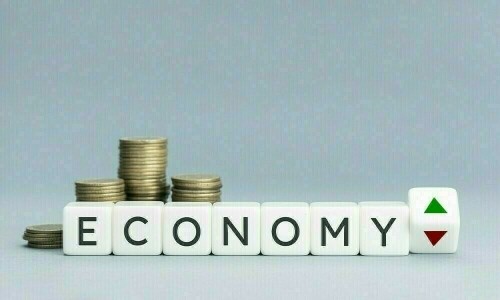Pakistan Economy Expected to Rebound in Fiscal Year 2024-25
The State Bank of Pakistan (SBP) released its half-yearly report on Monday, indicating that Pakistan’s economy is anticipated to recover during the latter half (January-June) of the current fiscal year 2024-25. This optimistic forecast is driven by positive trends in manufacturing, services, and foreign trade, which counterbalance ongoing challenges in the agricultural sector.
During the initial six months of FY25, the economy experienced a growth rate of 1.5%, compared to the 2.1% achieved during the corresponding period last year.
According to the central bank’s report, titled ‘The State of Pakistan’s Economy,’ while the economic expansion slowed in the first half of FY25 relative to the previous year, recent data from high-frequency indicators suggests an increasing momentum in economic activity.
Key indicators suggest that the deceleration observed in the first half is giving way to a modest but consistent upswing in economic activity. This recovery is aided by more relaxed financial conditions and decreasing global energy costs.
The projection for real GDP growth remains steady at 2.5–3.5% for FY25.
The report highlighted recent data showing the Purchasing Managers’ Index (PMI), a crucial indicator of manufacturing activity, climbed to 53.0 in February 2025, marking its highest level since August 2022.
Simultaneously, indicators of domestic demand, such as sales of automobiles, cement, and petroleum products, have seen increases, while exports of high value-added textiles have maintained their growth.
These developments imply a recovery in both the industrial and services sectors, which are predicted to spearhead economic growth in the months ahead.
However, the agriculture sector remains a point of concern, with recent estimations pointing to a smaller-than-anticipated wheat harvest, posing a downside risk to the overall GDP growth.
Consequently, the projection for real GDP growth is sustained at 2.5–3.5% for FY25, although potential risks stemming from underperforming agriculture and possible fiscal tightening remain.
Regarding domestic finances, the fiscal situation showed improvement in the first half of FY25, primarily due to significant profit transfers from the SBP and controlled subsidy disbursements. Despite this, the fiscal deficit projection is unchanged at 5.5–6.5% of GDP, as risks of revenue shortfalls persist, the half-yearly report indicated.
Inflation is exhibiting a sharp decline. With global and local commodity prices decreasing and the high base effect diminishing, the SBP has significantly revised down the average inflation forecast for FY25 to 5.5–7.5%, from earlier estimates of 11.5–13.5%.
The current monetary and fiscal strategies, combined with ample food reserves, are expected to keep inflationary pressures in check in the near future.
Externally, the current account balance for FY25 is projected to range from -0.5 to 0.5 percent of GDP. This forecast is supported by stronger growth in remittances from overseas workers, reduced commodity prices, and sustained export momentum. However, the economy is still susceptible to sudden increases in global commodity prices as imports increase alongside industrial demand.
Looking forward, the economic outlook is subject to considerable external uncertainties. Increasing global protectionism, ongoing geopolitical instability, and a potential resurgence of global inflation—caused by disruptions in supply chains and tariff-driven cost pressures—present substantial challenges for emerging economies like Pakistan.
Although the domestic recovery, particularly in non-agricultural sectors, appears to be gaining momentum, sustained progress will hinge on both responsible policy management and the evolving global economic environment.



Comments (0)
No comments yet. Be the first to comment!
Leave a Comment